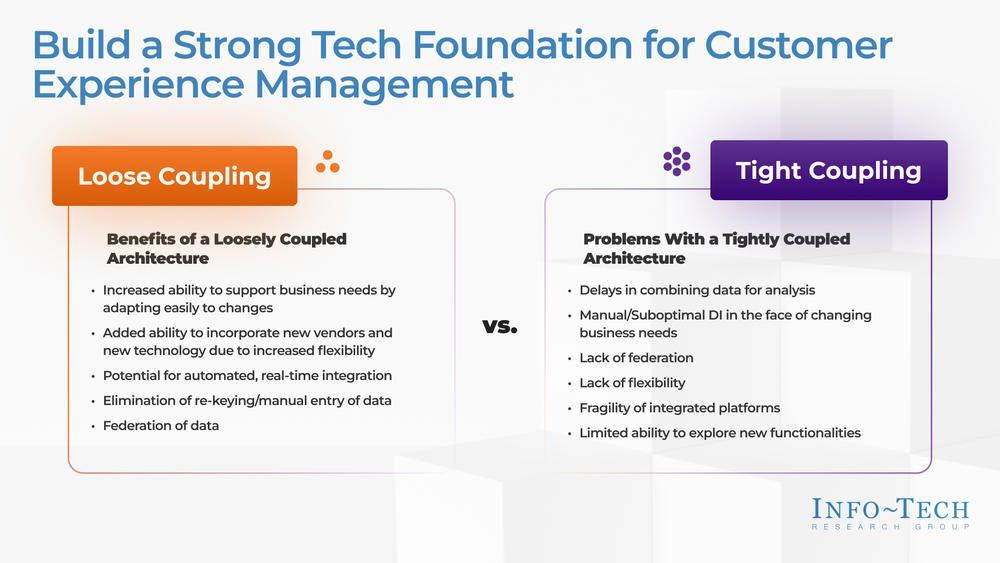The user interface (UI) is crucial in game development as it is the first point of contact between players and the game. To ensure a seamless gaming experience, it is important to create an intuitive and immersive UI that engages players throughout the game. Understanding the target audience is key in designing the UI accordingly. Designing for flow and consistency, using visual cues and feedback, keeping the UI simple, and testing and iterating are also important strategies to create a successful UI. A well-designed UI contributes not only to the playability of the game but also to its aesthetic appeal.
Designing User Interface with Players in Mind: Strategies for Creating a Seamless Gaming Experience
Introduction
Designing user interface (UI) for games is a crucial aspect of game development. It is the first point of contact between the players and the game, and therefore, it should be intuitive, user-friendly, and immersive. A seamless gaming experience is one where the UI engages the players, guides them through the game and ensures that they have a memorable and enjoyable experience. In this article, we will discuss strategies for designing UI with players in mind so that you can create a seamless gaming experience.
Understand the Target Audience
Before you start designing the UI for your game, it is important to understand who your target audience is. Different types of games appeal to different people, and therefore, the UI should be designed accordingly. For example, a mobile game targeted towards young children should have simple and colourful UI elements, while a first-person shooter game for mature audiences should have a sleek and modern UI. By understanding your target audience, you can create UI that appeals to them and enhances their gaming experience.
Design for Flow and Consistency
Flow and consistency are important aspects of designing a seamless UI. The UI should be designed in such a way that it guides the players through the game without any distractions or confusion. This can be achieved by keeping the UI consistent throughout the game, using the same colour schemes, fonts and design elements. The placement of UI elements should also be consistent, so that the players know where to find them without having to search for them. Designing for flow and consistency helps the players to focus on the game and enhances their gaming experience.
Use Visual Cues and Feedback
Visual cues and feedback are important tools for guiding the players through the game. Visual cues can be in the form of arrows, icons or graphics, which help the players to understand what they need to do next. Feedback can be in the form of sound effects, animations or visual changes, which provide the players with information about their progress in the game. Using visual cues and feedback can make the game more immersive and engaging for the players.
Keep it Simple
Simplicity is the key to creating a seamless UI. The UI should be designed in such a way that it is easy to navigate and understand. Too many UI elements can be overwhelming for the players and can distract them from the game. Therefore, it is important to keep the UI simple and minimal, with only the necessary elements visible. A simple UI also enhances the overall aesthetic appeal of the game.
Test and Iterate
Testing and iterating the UI is a crucial step in the game development process. It is important to test the UI with real players to understand how they interact with it and whether it enhances their gaming experience. Feedback from players can help you identify areas of improvement and make necessary changes to the UI. Iterating the UI based on player feedback can help you create a seamless UI that engages the players and enhances their gaming experience.
Conclusion
Designing a seamless UI is critical for creating a successful game. By understanding your target audience, designing for flow and consistency, using visual cues and feedback, keeping it simple and testing and iterating, you can create a UI that engages the players and enhances their gaming experience. A well-designed UI not only enhances the playability of the game but also contributes to the overall aesthetic appeal, making it more enjoyable for the players.
